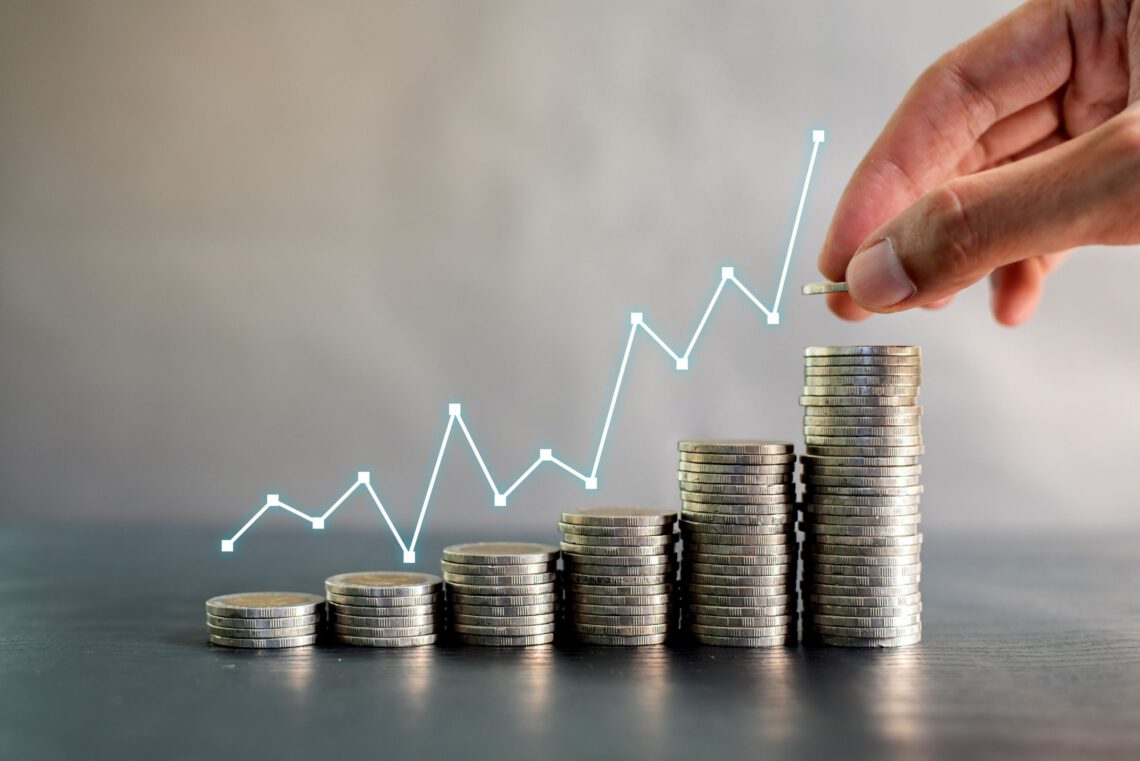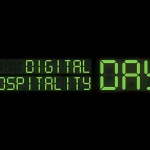
Why You Should Use Dynamic Pricing For More Hotel Revenue
Especially in more rural holiday destinations, room rates of privately managed hotels are often set by season only: Rates vary depending on whether it is high or low season. These hotels in particular have the opportunity to significantly improve their hotel revenues if they decide to implement dynamic pricing.
However, it is not always that simple. Pricing decisions are often in the hands of the owners or general managers directly and it is not unusual that worries about staff dependency if a revenue manager is hired, reactions of the regular guests and other things come up. Hoteliers in these situations need a strong ally that they can trust with this important task.
As a team of hospitality professionals ourselves, we understand these challenges and want to take the chance to demystify dynamic pricing and how there is a way to do implement it in your hotel!
Read in this article:
- What is the definition of dynamic pricing?
- What are the advantages of dynamic pricing over seasonal rates?
What is the definition of dynamic pricing?
If we were to ask 100 hoteliers how they set their prices, we would probably get 100 different answers. Pricing is very individual. And yet, 3 types of pricing can be crystalized:
- Room rates adjusted to the season (“seasonal pricing”)
- BAR pricing (= best available rate) based on different price levels
- Dynamic pricing, where the “right price” is offered at any given time
Dynamic pricing in hospitality is defined adjusting rates in real time. Factors such as demand and availability, daily events, weather data, and even competitor prices are incorporated into the dynamic design of room rates. This multitude of data is then used to calculate the price that leads to maximum revenue with the best possible occupancy rate for the hotel.
Having all these factors available and weighting them appropriately is no longer possible with conventional Excel tables like back in the day. This requires a well-founded strategy and a hotel revenue management system that supports rate determination by means of rules and automatisms. However, even the best tool is not enough if human expertise is lacking. Therefore, we always recommend a combination of three factors: A qualified team that ensures your strategy is implemented on a day to day basis, years of hospitality expertise that is applied to overcome any challenges that the last factor, modern revenue management technology.
What are the advantages of dynamic pricing over seasonal rates?
Dynamic pricing takes advantage of your guests’ varying willingness to pay. Rates are issued variably based on how much a guest is willing to pay for a room at a given time. This has several advantages for you and your guests:
1. Dynamic pricing gives you the optimum cut of the demand
While with seasonal pricing you set fixed room rates per booking period, dynamic pricing can also lead to temporarily lower prices in the hotel. For example, if not all rooms are sold close to the arrival date, it may make sense for your revenue optimization to offer these rooms at a lower price.
In this way, you generate higher demand – possibly even from people who would otherwise not have become your guests. The higher occupancy in turn leads to more revenue that you would miss out on if you stuck to fixed seasonal rates.
2. Your rates remain competitive
Dynamic pricing also takes into account the rates your competition is charging. Especially if your competition is already using dynamic pricing and you are sticking to static seasonal rates, you quickly run the risk of offering your hotel rooms too cheap or too expensive. If you offer too cheaply, valuable revenue is left on the table. If you are too expensive, guests will book with the competition.
3. You get to know your guest better
With the help of dynamic pricing, you learn a lot about the booking behaviour of your guests: What are the minimum and maximum prices they are willing to pay for your room? How long is the booking lead time at what time of the year? Which of your guests only book when your rates are low?
However, it is also important not to disregard your existing knowledge of your guests. If you are afraid of possibly scaring away your regular guests with dynamic prices, this fear is not unfounded. Although dynamic prices are now widely employed, for example by airlines, they are still often unpopular with guests. That’s why you need to proceed with a great deal of tact when introducing dynamic pricing: Go slowly and get a feel for whether you can carefully accustom your regular guests to new prices. Think of your regulars as a safety net, which you can use to generate the first 30% of your revenue, for example.
Switching from seasonal to dynamic pricing is also and especially worthwhile for vacation hotels: more revenue, higher occupancy rates, and competitive rates are just some of the benefits of dynamic pricing. To do this, you need a suitable hotel revenue management system that keeps an eye on all factors influencing the price in a largely automated manner. And you need a well-founded revenue strategy that helps you to react to different demand situations in a targeted manner. HotelPartner offers both in an unbeatable combination: Human expertise paired with a revenue management system.
We offer a starter set explicitly for hoteliers who want to switch from seasonal pricing to dynamic pricing. We will be happy to advise you individually on this.
Your HotelPartner-Team








